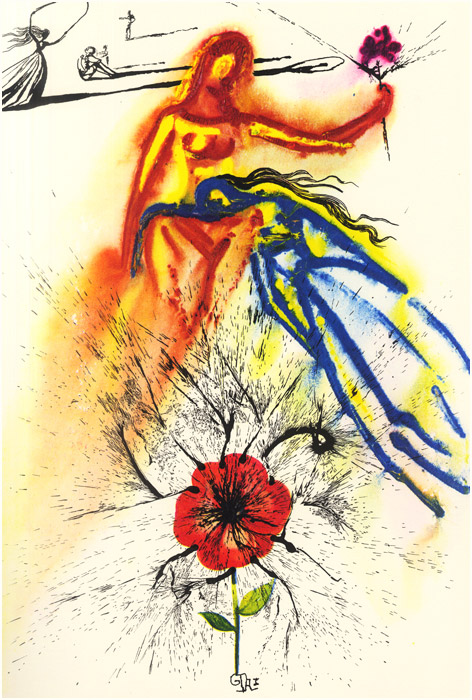2011 (1)
2016 (1035)
2017 (752)
2018 (978)
2019 (385)
2020 (175)
2021 (235)
2022 (101)
2023 (983)
2024 (800)
2025 (537)
2026 (2)

I visited the hometown of my childhood: So disappointing as I couldn't find anything in the memory of my childhood. Some childhood friends live there, but we couldn't find any common ground.
Modernization changes all the landscape, nothing I recognized, even the glimpse of my past.
Pollution got into my lungs in every breath, every step around.
Money talk every where, with everyone, almost every moment.
Who was I ? Where did I come from? Felt rootless.
Reading the following book gotta me heckuva wonder: Is that the place I had much fun as a child? Helluva loss! All gone physically, but ... you still look for your childhood, yet in a different way.
To probe those dilemmas, Goldstein pulls into question the biographical and biological criteria we use to confirm that our childhood selves are indeed our childhood selves — roughly the same criteria we apply in identifying that the world’s oldest organisms are indeed continuously living individuals. Goldstein writes:
****************
回首来时路---儿时的自己和现在还是一个人么?
作者:穿鞋的蜻蜓 于 2015-9-12 03:09 发表于 最热闹的华人社交网络--贝壳村
通用分类:英文分享|已有2评论
Dissecting the philosophical conundrum of our “integrity of identity that persists over time, undergoing changes and yet still continuing to be.”
 Philosophers and New Age sages have long insisted that the self is a spiritual crutch — from Alan Watts’s teachings on how our ego keeps us separate from the universe to Jack Kerouac’s passionate renunciation of the Self Illusion to Sam Harris’s contemporary case for self-transcendence. Modern psychologists have gone a step further to assert that the self is a socially constructed illusion. Whatever the case, one thing is certain and easily verifiable via personal hindsight — our present selves are unrecognizably different from our past selves and woefully flawed at making our future selves happy.
Philosophers and New Age sages have long insisted that the self is a spiritual crutch — from Alan Watts’s teachings on how our ego keeps us separate from the universe to Jack Kerouac’s passionate renunciation of the Self Illusion to Sam Harris’s contemporary case for self-transcendence. Modern psychologists have gone a step further to assert that the self is a socially constructed illusion. Whatever the case, one thing is certain and easily verifiable via personal hindsight — our present selves are unrecognizably different from our past selves and woefully flawed at making our future selves happy.
In a remarkable passage from Betraying Spinoza: The Renegade Jew Who Gave Us Modernity (public library), her biography of the great 17th-century philosopher Baruch Spinoza, philosopher, writer, and MacArthur Fellow Rebecca Goldstein considers the perplexity of personal identity:
Personal identity: What is it that makes a person the very person that she is, herself alone and not another, an integrity of identity that persists over time, undergoing changes and yet still continuing to be — until she does not continue any longer, at least not unproblematically?
I stare at the picture of a small child at a summer’s picnic, clutching her big sister’s hand with one tiny hand while in the other she has a precarious hold on a big slice of watermelon that she appears to be struggling to have intersect with the small o of her mouth. That child is me. But why is she me? I have no memory at all of that summer’s day, no privileged knowledge of whether that child succeeded in getting the watermelon into her mouth. It’s true that a smooth series of contiguous physical events can be traced from her body to mine, so that we would want to say that her body is mine; and perhaps bodily identity is all that our personal identity consists in. But bodily persistence over time, too, presents philosophical dilemmas.

Illustration by Salvador Dalí from his rare 1969 'Alice in Wonderland' series. Click image for more.
To probe those dilemmas, Goldstein pulls into question the biographical and biological criteria we use to confirm that our childhood selves are indeed our childhood selves — roughly the same criteria we apply in identifying that the world’s oldest organisms are indeed continuously living individuals. Goldstein writes:
The series of contiguous physical events has rendered the child’s body so different from the one I glance down on at this moment; the very atoms that composed her body no longer compose mine. And if our bodies are dissimilar, our points of view are even more so. Mine would be as inaccessible to her … as hers is now to me. Her thought processes, prelinguistic, would largely elude me.
Yet she is me, that tiny determined thing in the frilly white pinafore. She has continued to exist, survived her childhood illnesses, the near-drowning in a rip current on Rockaway Beach at the age of twelve, other dramas. There are presumably adventures that she — that is that I — can’t undergo and still continue to be herself. Would I then be someone else or would I just no longer be? Were I to lose all sense of myself — were schizophrenia or demonic possession, a coma or progressive dementia to remove me from myself — would it be I who would be undergoing those trials, or would I have quit the premises? Would there then be someone else, or would there be no one?
She then turns to the quintessential threat to such bodily continuity, the source of our greatest existential anxiety and most profound longing:
Is death one of those adventures from which I can’t emerge as myself? The sister whose hand I am clutching in the picture is dead. I wonder every day whether she still exists.
Echoing Meghan O’Rourke’s poetic assertion that “the people we most love [become] ingrained in our synapses, in the pathways where memories are created,” Goldstein writes:
A person whom one has loved seems altogether too significant a thing to simply vanish altogether from the world. A person whom one loves is a world, just as one knows oneself to be a world. How can worlds like these simply cease altogether? But if my sister does exist, then what is she, and what makes that thing that she now is identical with the beautiful girl laughing at her little sister on that forgotten day? Can she remember that summer’s day while I cannot?
Alan Watts had an answer, but Goldstein is more interested in the question itself as a gateway to our deepest humanity:
Personal identity poses a host of questions that are, in addition to being philosophical and abstract, deeply personal. It is, after all, one’s very own person that is revealed as problematic. How much more personal can it get?
Complement with pioneering educator Annemarie Roeper on the “I” of the beholder, Anaïs Nin’s bold defense of the fluid self, experimental philosopher Joshua Knobe on the mind-bending psychology of how we know who we are, and psychologist Daniel Gilbert on how your present self’s delusions limit your future self’s happiness.




